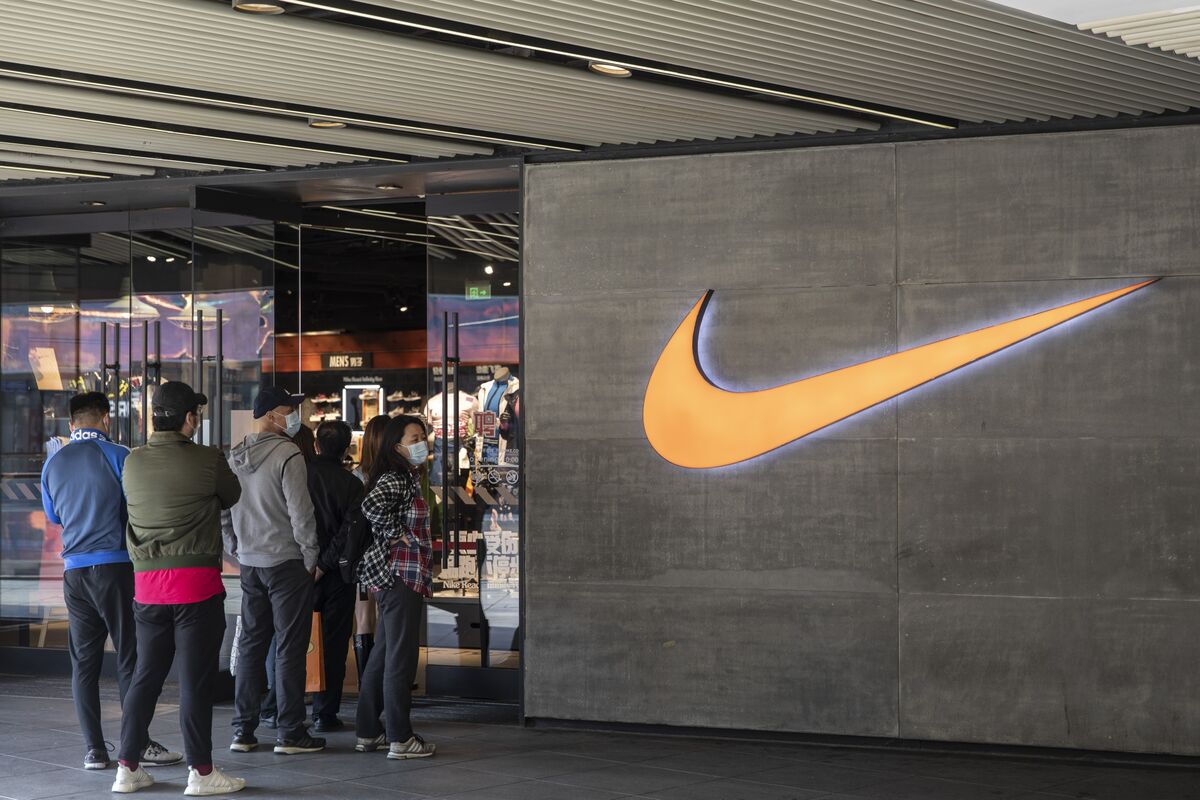Greggs, the renowned British bakery chain famous for its sausage rolls, sandwiches, and affordable snacks, is a key player in the UK’s quick-service food industry. With a strong customer base and a successful expansion strategy, Greggs has been a popular choice among investors. Its share price reflects not only its business performance but also market sentiments, broader economic trends, and the strategic decisions the company takes. In this article, we’ll examine the recent trends affecting Greggs share price, the factors contributing to its fluctuations, and the prospects for investors looking into this popular stock.
An Overview of Greggs’ Business and Stock Market Presence
Founded in 1939, Greggs has grown into a household name across the United Kingdom, with thousands of outlets that offer affordable food items. Listed on the London Stock Exchange under the ticker symbol “GRG,” Greggs has attracted investors over the years due to its robust growth, adaptability to consumer demands, and consistent financial performance. The company’s resilience through economic challenges, including the COVID-19 pandemic, has strengthened its reputation in the stock market.
Greggs share price reflects its popularity and resilience. In recent years, the company has experienced fluctuating share prices as it navigates external economic pressures and rising operational costs. However, the brand’s adaptability and proactive strategies, such as new product lines and store openings in high-traffic locations, continue to attract investor interest and help the stock remain competitive.
Recent Trends in Greggs’ Share Price
Over the past few years, Greggs’ share price has seen notable highs and lows. Several factors have contributed to these trends, including:
Pandemic Recovery and Consumer Demand
Like many retail and food-service businesses, Greggs experienced a dip in its share price at the onset of the COVID-19 pandemic due to lockdowns and reduced foot traffic. However, the company managed a strong comeback as restrictions lifted, with customers returning to stores. Greggs’ ability to quickly adapt its menu and maintain its popularity among consumers helped restore its share price after the initial slump. In the aftermath, the stock showed promising growth, reflecting renewed investor confidence in its recovery trajectory.
Inflation and Rising Operational Costs
The recent spike in inflation has impacted almost all sectors, and Greggs has not been immune to rising costs. With inflation affecting ingredients, labor, and other operational expenses, Greggs faces increased pressure on its profit margins. Consequently, the company’s share price has experienced fluctuations as investors closely watch how effectively it can manage costs while maintaining product affordability for its customers. Although the share price has occasionally dipped due to concerns over inflation, Greggs’ operational adjustments, such as price optimization, have been key in mitigating some of these challenges.
Expansion into New Markets and Store Formats
However, Greggs continues to invest in new store formats and locations, including drive-through outlets and partnerships with large retail locations. This expansion has had a positive impact on its share price, with investors seeing these moves as an opportunity for sustained revenue growth. By diversifying its locations and reaching a broader customer base, Greggs’ stock has benefited from positive market sentiment and increased investor interest.
Introduction of Health-Conscious and Sustainable Product Lines
In response to consumer demand for healthier and sustainable food options, Greggs has expanded its menu to include vegan and low-calorie items. While, This strategy has attracted a wider range of customers, boosting sales and improving brand perception, which has supported its share price growth. Greggs’ commitment to environmental sustainability, such as reducing plastic packaging, has also enhanced its image as a responsible business, further bolstering investor confidence.
Key Factors Influencing Greggs’ Share Price
While, Several intrinsic and extrinsic factors influence the value of Greggs’ shares, from industry trends to the company’s internal strategies. Key factors include:
- Economic Conditions: The UK economy significantly impacts consumer spending habits. During periods of economic growth, people tend to spend more on convenient food options, which positively impacts Greggs’ revenue. Conversely, in a downturn, customers may reduce spending, impacting sales.
- Consumer Trends: As more people seek convenient, fast, and affordable food options, Greggs is well-positioned to benefit from this trend. However, it must continuously adapt to changing tastes, such as the growing demand for vegan and plant-based products.
- Competitor Actions: The quick-service food industry is competitive, with other chains offering similar products. Greggs’ share price is partly influenced by how well it can differentiate itself and maintain customer loyalty amidst this competition.
- Innovation and Digitalization: Greggs has recently focused on digital expansion, offering online ordering and delivery services. These innovations can positively influence its share price as they attract tech-savvy consumers and increase convenience.
- Dividends and Earnings Reports: Like most stocks, Greggs’ share price can be volatile around earnings report announcements. Investors closely watch these reports to assess whether the company’s profits align with their expectations. Consistent dividend payouts and positive earnings reports generally drive the share price upward, while any indication of declining profitability can have the opposite effect.
Future Prospects for Greggs’ Share Price
The outlook for Greggs’ share price largely depends on the company’s ability to manage its expenses, capitalize on consumer trends, and successfully expand into new areas. Here are some potential future prospects for Greggs as it navigates the current economic climate:
- Continued Product Innovation
To maintain its competitive edge, Greggs may continue expanding its menu to meet changing consumer preferences. Offering more vegan, vegetarian, and health-conscious options, as well as experimenting with limited-time offers, could help maintain strong sales and positive investor sentiment. - Expansion Beyond Traditional Outlets
Greggs’ efforts to diversify through new locations, such as airports, service stations, and drive-through outlets, could provide a significant growth driver. Expanding its footprint in high-traffic locations outside traditional high streets may enable Greggs to capture more sales from busy commuters and travelers, potentially driving share price growth. - Focus on Cost Efficiency and Technology
As inflation continues to challenge businesses, Greggs may look for ways to improve operational efficiency through automation and digital technology. Implementing self-checkout kiosks and refining its online ordering systems could enhance customer experience and reduce labor costs, positively impacting its bottom line. - Sustainability and Brand Image
Greggs’ commitment to sustainability and environmental initiatives is increasingly valued by consumers and investors alike. Continued focus on reducing waste, using sustainable packaging, and supporting eco-friendly practices could enhance Greggs’ brand image, attracting environmentally-conscious investors and bolstering its share price.
Conclusion: Is Greggs a Good Investment?
Greggs remains a popular stock among investors, thanks to its resilience, adaptability, and strong brand identity. Despite facing challenges such as inflation and operational cost pressures, the company’s strategic initiatives in product diversification, digitalization, and sustainable practices have positioned it well for future growth. While, Investors considering Greggs should weigh these strengths against the potential risks associated with market competition and economic downturns.
In summary, Greggs’ share price reflects both the company’s potential and the economic landscape. As Greggs continues to adapt to evolving consumer preferences and industry challenges, it could offer attractive opportunities for long-term investors looking to capitalize on its growth and popularity in the UK’s quick-service food market.













